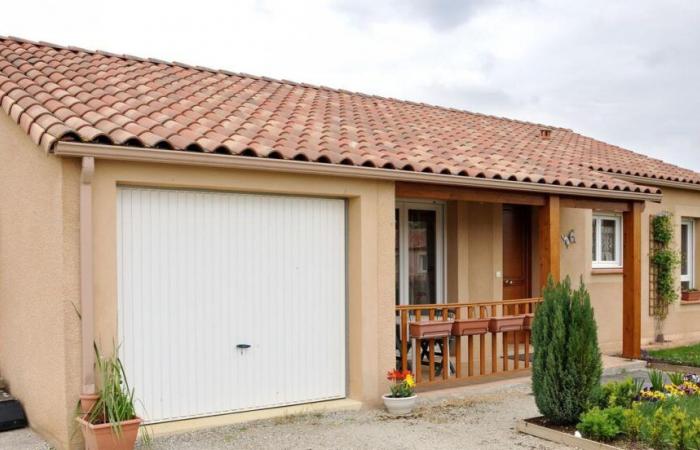The pavilion, a habitat desired by a large part of the French, but often criticized. A little more than a quarter (27%) of Ile-de-France households live in a pavilion. The latter, however, is constantly called into question by the climate and resilience law, with the objective of zero net artificialization. Emmanuelle Wargon, former Minister of Housing, had also described “ecological nonsense» individual houses. “Residential housing is often opposed to the preservation of urban biodiversity.», summarizes Aliénor Heil-Selimanovski, specialized in architecture and town planning at the Institut Paris Région, the town planning agency of Île-de-France, who participated in a study published this Thursday on the Paris region suburban area.
The trend is towards the demolition of houses to build buildings and limit urban sprawl. On average, 7 housing units are created per house destroyed in Hauts-de-Seine, for example. No less than 6,000 collective housing units are built each year on individual housing sites in Île-de-France. Is the pavilion set to disappear? In any case it will be “led to evolve, to mutate. It is an object of concern, of controversy», predicts Jean-Philippe Dugoin-Clément, vice-president of the Île-de-France region, in charge of Housing.
20% of pavilions occupied by a single person
Damien Delaville, town planner who participated in the study on suburban housing in the Ile-de-France region, however, observes “for two or three years there has been a decline in densification. Municipalities are going backwards a little by slowing down the potential for densification. They preserve more rare habitat. They observed perverse effects due to the disappearance of the pavilions such as difficulties in water supply, saturated networks“. Simple solutions exist to avoid overdensification while preserving the pavilions: “We can gain 30% of habitable space without changing the physical aspect of town planning, by working on the urban continuity of the street, on hollow spaces by raising buildings, without going on a hard reconstruction», suggests Jean-Philippe Dugoin-Clément. A sort of superimposed individual habitat that could make up the city of tomorrow.
Another way to avoid urban sprawl: “encourage intergenerational housing, shared accommodation and coliving , support change of use to combat under-occupancy of housing», recommends Aliénor Heil-Selimanovski. Especially when we know that 20% of the pavilions in Île-de-France are occupied by a single person. Jean-Philippe Dugoin-Clément also points out the fact that pavilions are often born “over time, informally, uncoordinated».
Intermediate forms of habitat
In order to help communities rethink a strategy, the Paris Region Institute has classified pavilions into five categories including immobile housing which obeys collective management rules, in co-ownership for example, which can block the evolution of the fabric urban. It is in particular a form of housing where first-time buyers are very present and may have a more limited financial capacity, preventing them from rethinking the building. This type of housing represents 52% of individual housing in the Ile-de-France region. Another category: degraded housing, often old, with numerous rental homes often operated by slumlords, which weakens certain sectors with overused and overoccupied buildings. Heritage housing with classified properties or of historical interest (see millstone houses, artists' studios, etc.) is more protected due to its rarity.
Two other forms of housing have been listed: reinvested housing, which refers to old pavilions that have been renovated or have had extensions such as verandas or elevations, adapted to new uses such as shared accommodation or coliving, and finally densified housing. , a new construction which takes place in hollow teeth for example or through plot divisions. The risk induced by new uses such as shared accommodation and coliving is to cause the individual house to lose “its function of welcoming couples with children“, as the study indicates and thus oust families and send them to the fringes of Île-de-France or even further afield.
The aim of the study is also to go beyond a very limited conception of the ideal individual house and less desirable collective housing, because it involves sharing spaces and reducing the exteriors. Divisions are possible allowing the creation of smaller collective housing adjoining or stacking on top of each other, all with generous exterior spaces.






